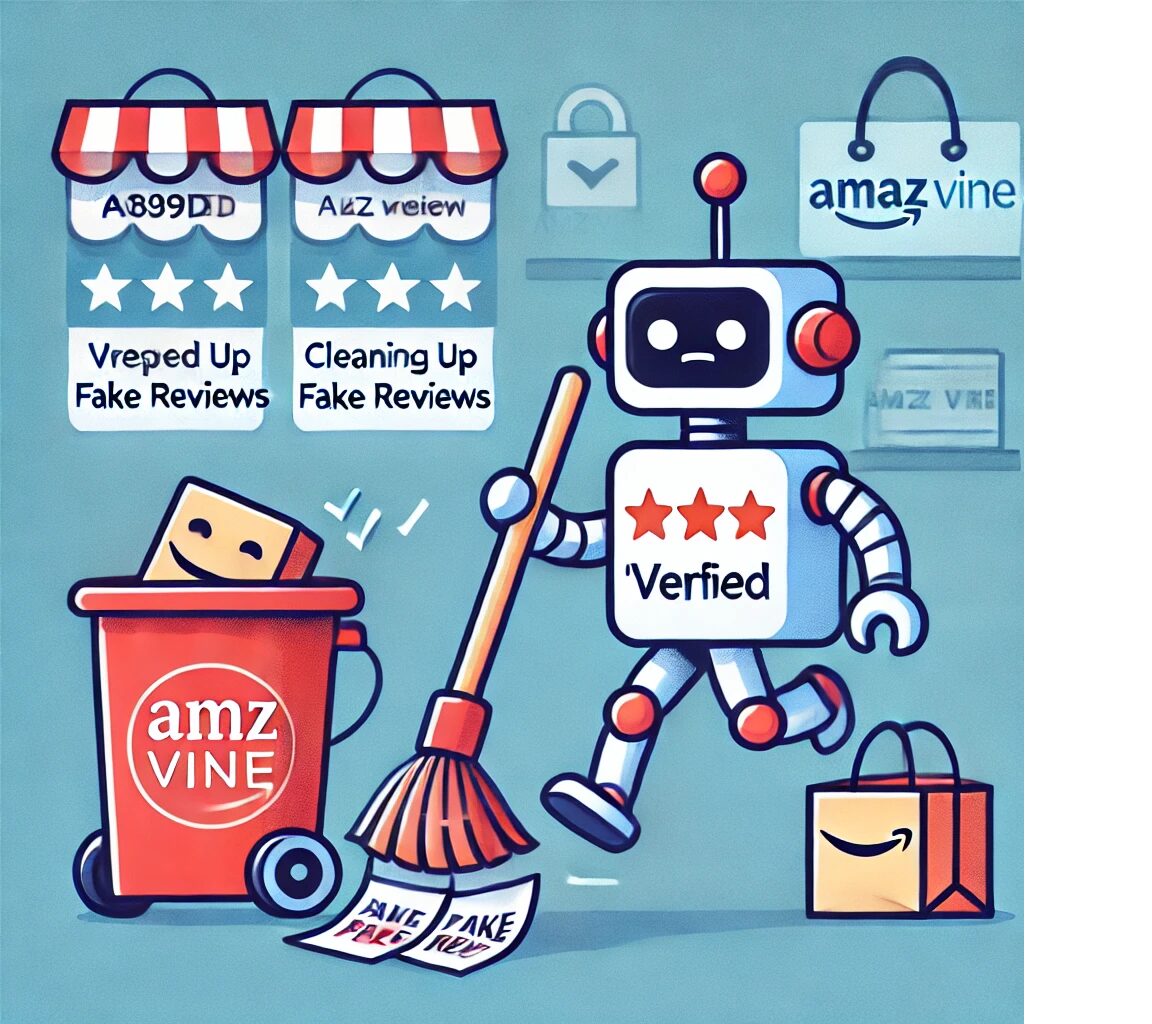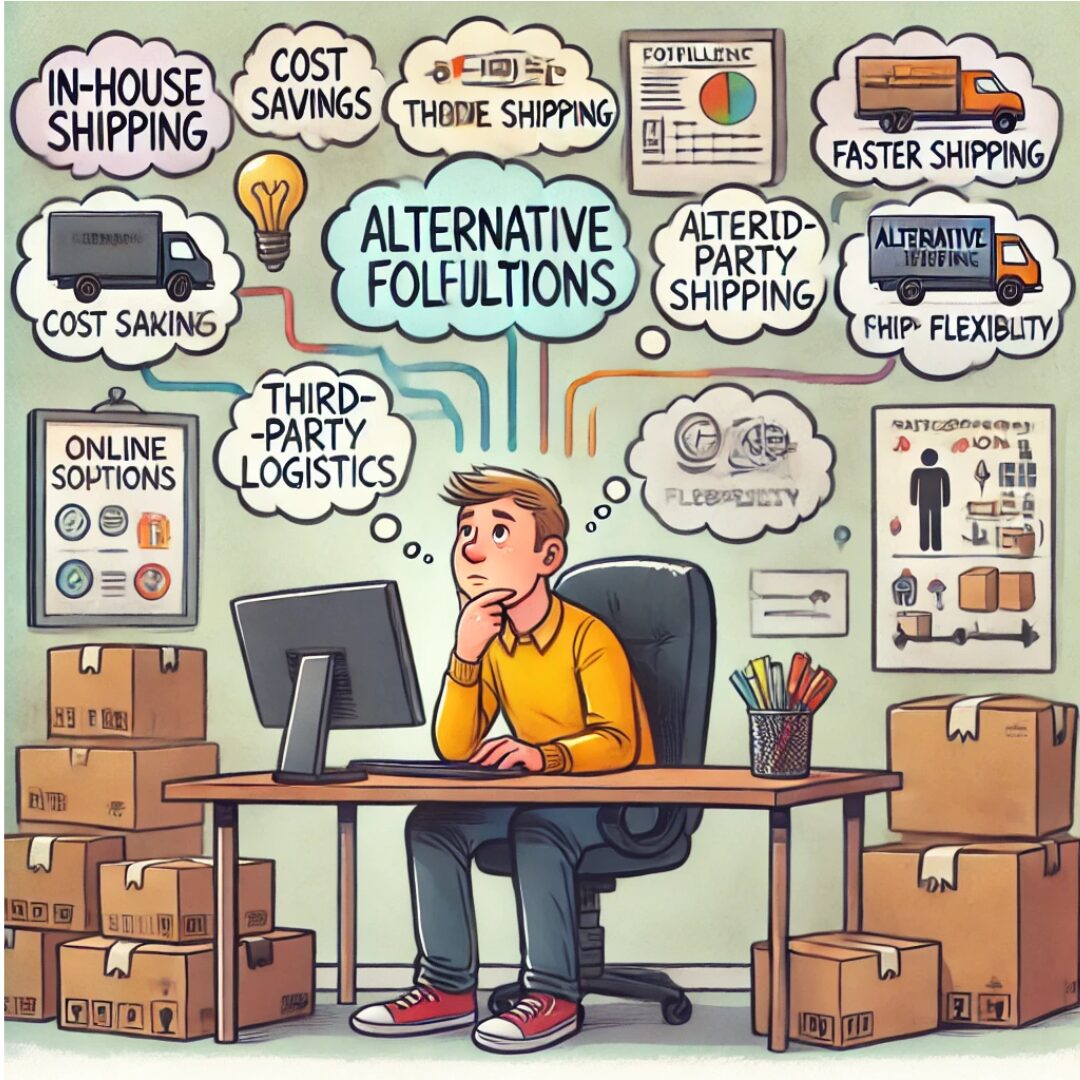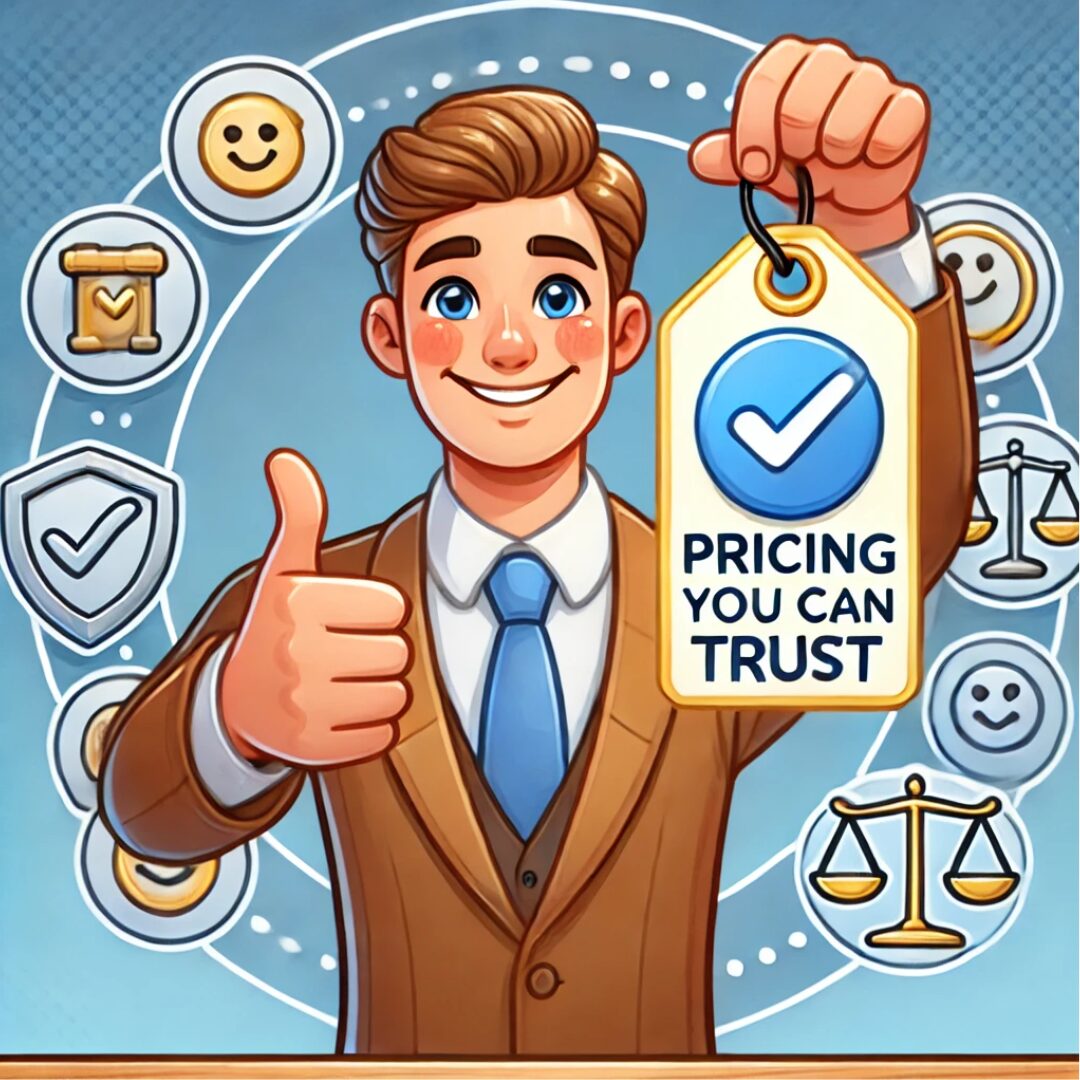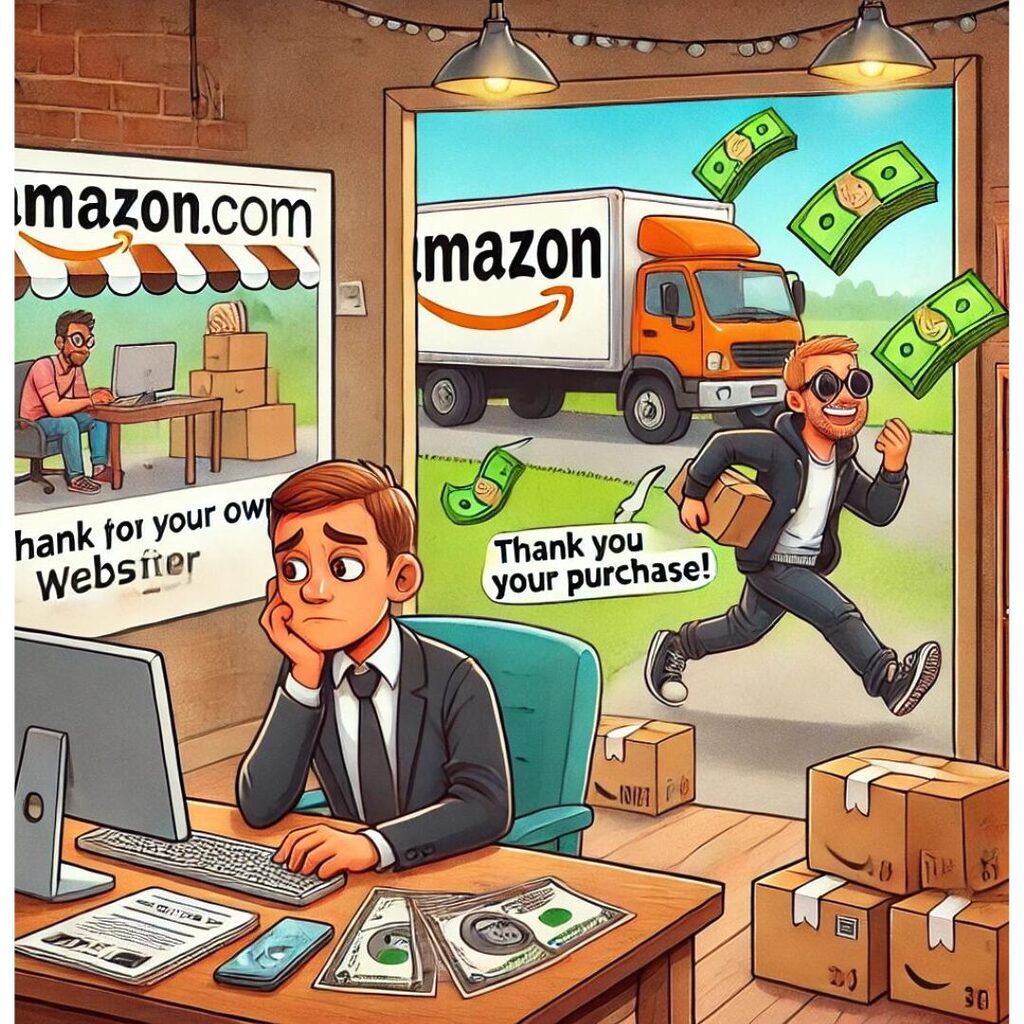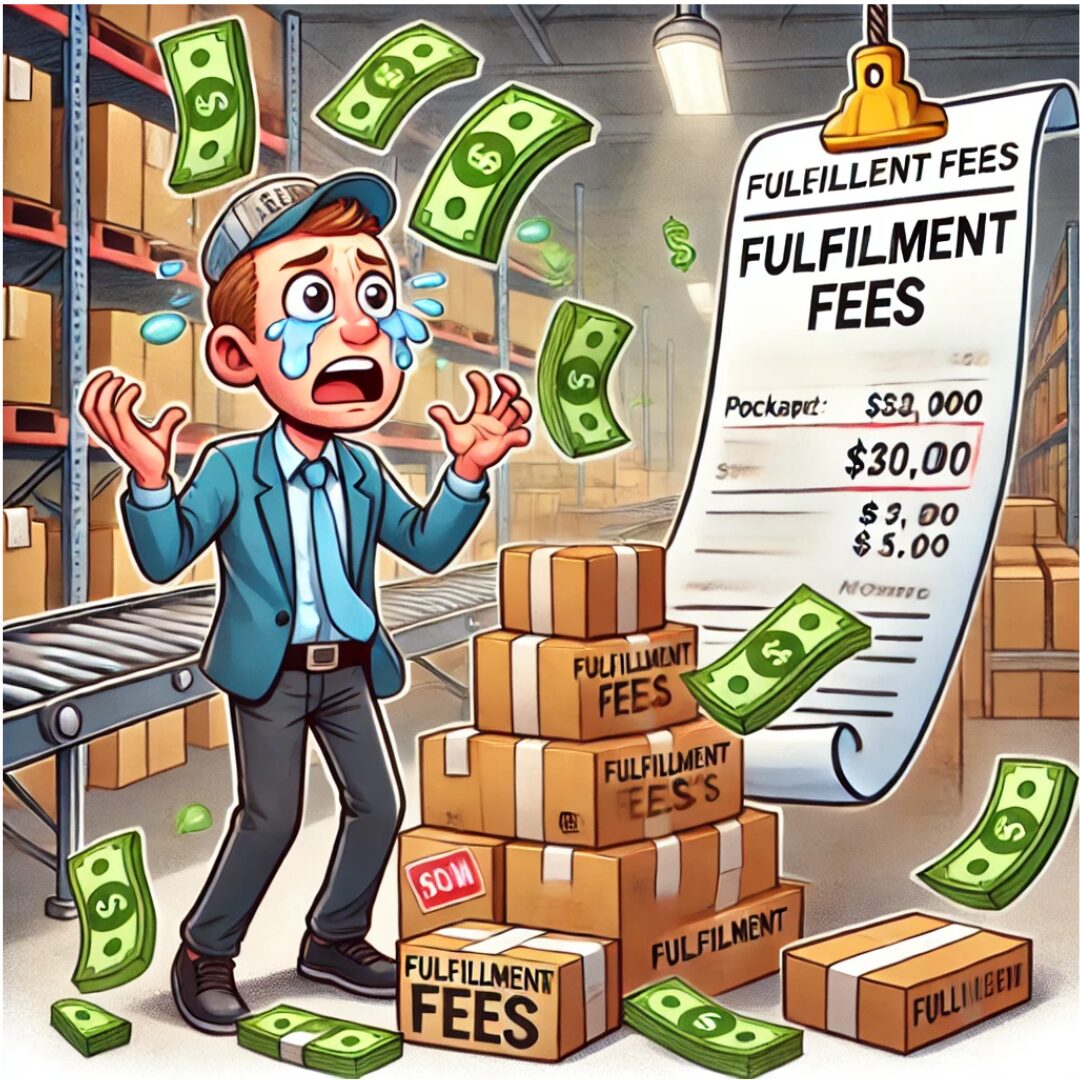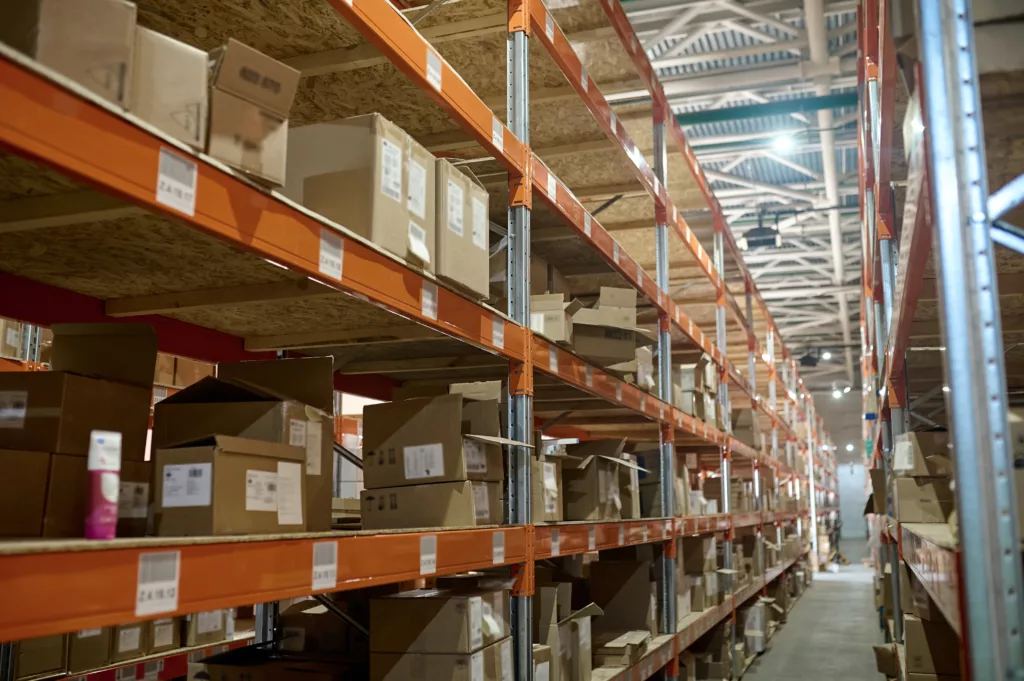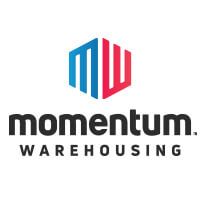How To Spot Fake Ecommerce Reviews
Fake ecommerce reviews typically target affordable items from lesser-known brands. While it’s difficult to entirely avoid them, you can take some precautions to minimize their impact:
Check the Product Reviewed
Multiple products may be listed under one review. Click See more reviews and select the specific product in the All formats drop-down. Switching from Top reviews to Most recent can also provide a clearer picture. Sellers will intentionally list new ‘unreviewed’ items to a well established product, to ride the coattails of that product, and leverage its reviews to benefit their new product launch. This is intentionally misleading. So always make sure to dig a little deeper when you see alot of reviews on one list – because normally its an amalgamation of products and reviews bundled together.
Extreme Reviews Are Often Fake Reviews in Ecommerce
Many fake reviews are either overly positive (five stars) or overly negative (one star). For example, if a one star review gives only very minor insight into a poor experience and uses general language to describe exactly whats going on – that’s a red flag. Alternatively, short worded endorsements can also spell suspicion for a bought and paid for review. Genuine reviews often fall somewhere in between.
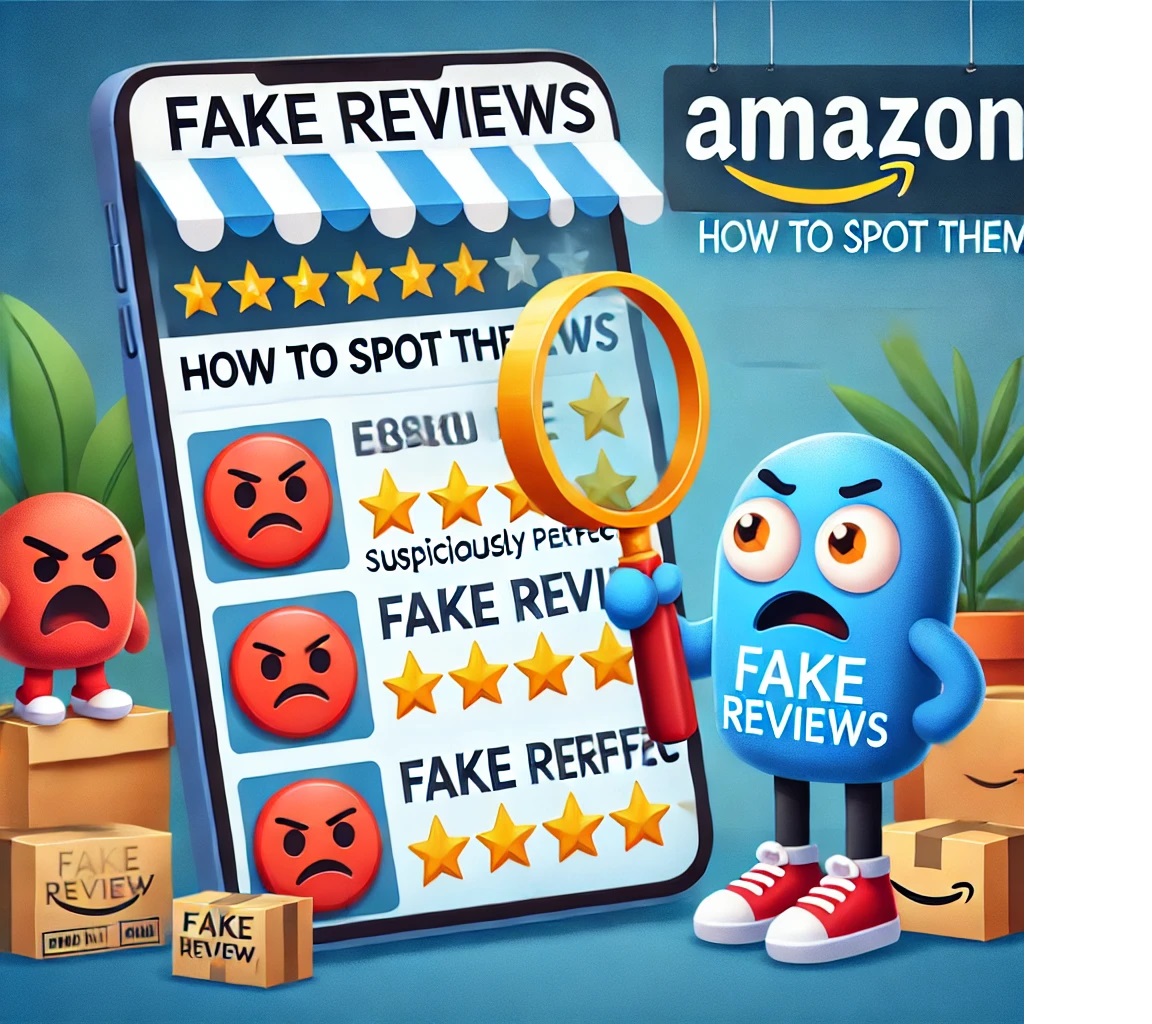
How to Recognize Red flags for Fake Ecommerce Reviews
Spotting fake reviews online can be challenging, but there are several red flags to watch for. A high percentage of five-star reviews is often a sign, especially when paired with generic or vague praise like “Nice product” without specific details. Fake reviews may also feature poor grammar and spelling, making them easier to identify. If you notice multiple reviews posted on the same day, this could indicate that they are fabricated. Additionally, be wary of mentions of unrelated products in the “Customers also bought” section, as this might suggest manipulation of the review system.

How to Check For Fake Ecommerce Reviews
Look Up the Brand Online
If available, reputable review websites and YouTube videos can provide a more detailed and reliable perspective on a product, giving you better insights than just a few images. If the company lacks an official website, consider it a potential red flag. Check for the brand’s social media presence and review what they and their followers are posting. You might uncover additional reviews or signs of incentives being offered for positive feedback.
Review the Reviewers Name on their Profile
Check how many reviews the reviewer has written and what other products they’ve purchased. Amazon also displays an Impact score, which reflects how often people have marked their reviews as Helpful.

What Is Amazon Doing about Fake Ecommerce Review?
Amazon claims to be actively battling fake reviews. Sellers who offer incentives for positive reviews or engage in deceptive practices are sometimes banned. Well-known brands like Aukey and RavPower were famously kicked off the platform due to review manipulation.
While Amazon’s Verified Purchase badge is intended to indicate that the reviewer actually bought the product, some sellers refund purchases to enable fake reviewers to get this badge. Additionally, sellers can pay for “Helpful” votes on fake reviews to boost their visibility.
Amazon’s Vine Program
Amazon’s Vine Program offers a solution against fake ecommerce reviews. It invites top reviewers to receive free products in exchange for honest feedback. While Vine reviews are clearly labeled and often more detailed, the program has been criticized because Vine reviewers receive products for free, which could still influence their opinions. Sellers must also pay to enroll their products in the program, adding further incentive for positive feedback.
Artificial Intelligence
Amazon is also using artificial intelligence (AI) to detect fake ecommerce reviews. By analyzing the reviewer’s history and connections to sellers, AI can flag suspicious behavior. However, AI-generated reviews are also on the rise, as chatbots can create convincing fake feedback.
